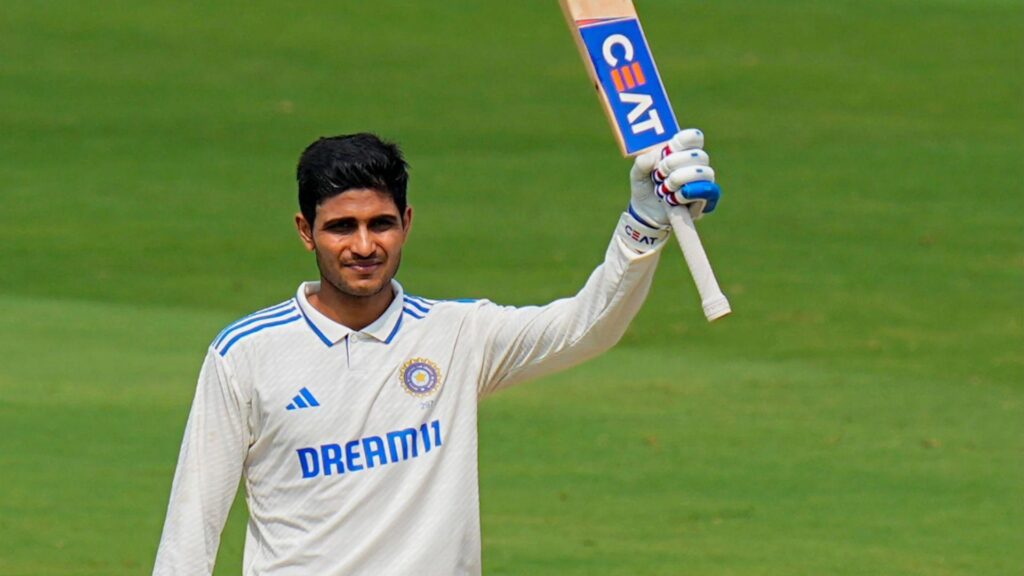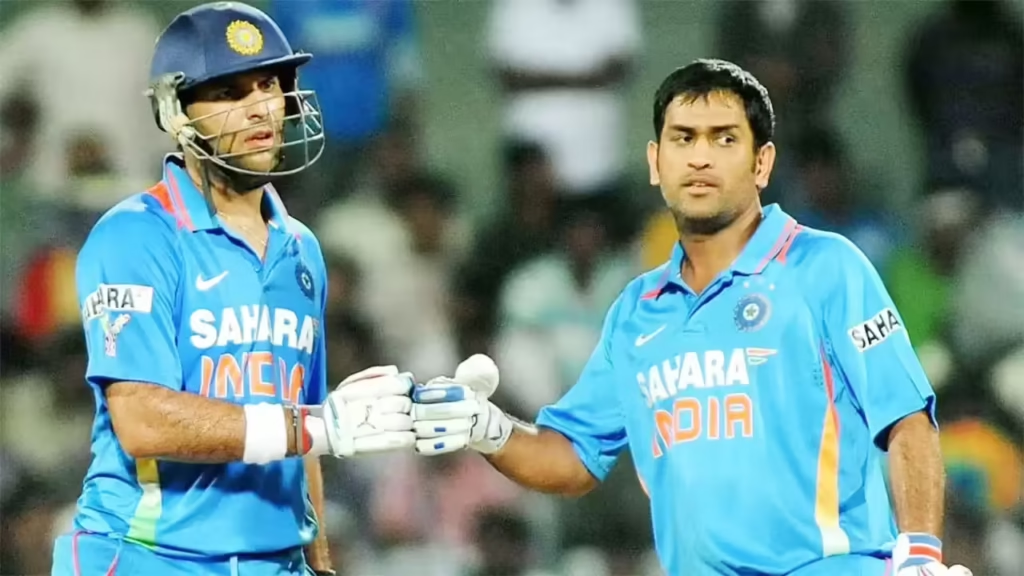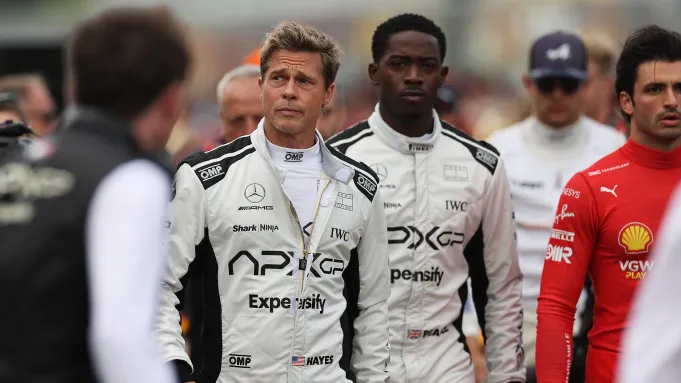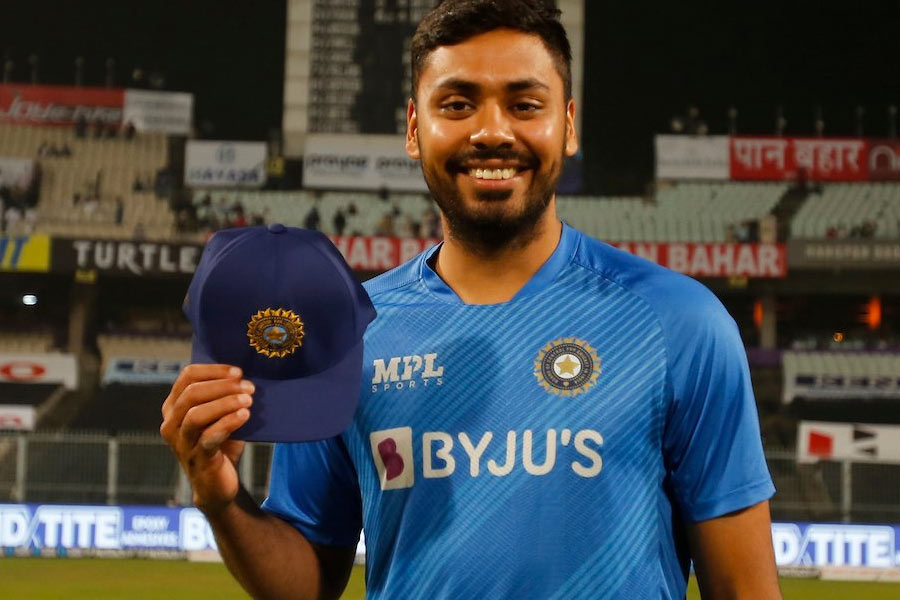Now Reading: Shamar Joseph’s Four‑Wicket Burst Silences Critics, Rocks Australia in Barbados Test
-
01
Shamar Joseph’s Four‑Wicket Burst Silences Critics, Rocks Australia in Barbados Test
Shamar Joseph’s Four‑Wicket Burst Silences Critics, Rocks Australia in Barbados Test
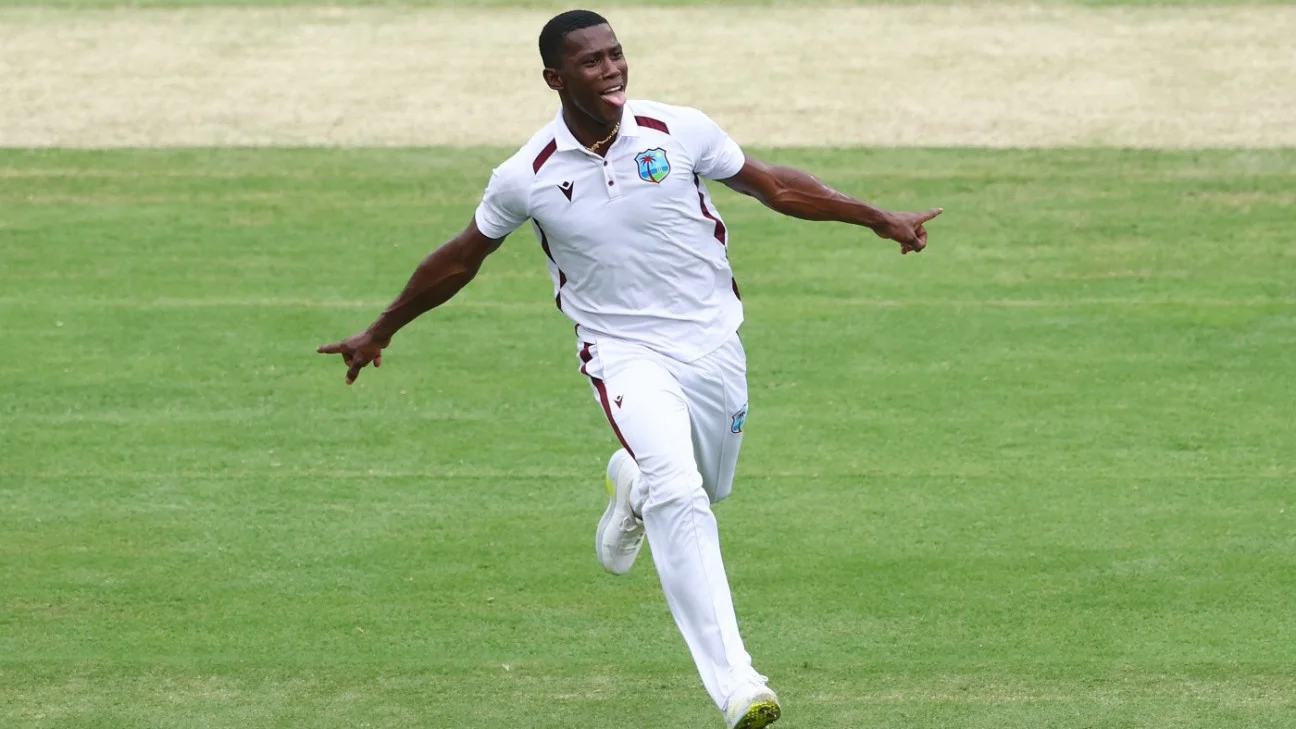
West Indies speedster Shamar Joseph answered his doubters in the most emphatic way on the opening day of the first Test against Australia at Kensington Oval, Barbados. After former wicket‑keeper Ian Healy dismissed him as “no Curtly Ambrose”, Joseph ripped through Australia’s top order with a snarling spell of 4/25, removing debutant Sam Konstas and star all‑rounder Cameron Green in quick succession. His display has rekindled Caribbean pace nostalgia—and caught the attention of cricket‑loving Indians far from the Caribbean shores.
A war of words before a ball was bowled
Joseph’s only pre‑match comment—“Just look out”—was aimed at Konstas, but Healy labelled it “trash talk” and questioned the bowler’s recent form. The criticism stung. When play began, Joseph let the ball, not words, reply: Konstas lasted nine deliveries, comprehensively beaten for pace. Green followed, his off‑stump clipped as Joseph cranked up to high 140s.
Spell of fire halts Australia’s momentum
Operating from the Malcolm Marshall End, Joseph generated steep bounce and late movement, repeatedly forcing Pat Cummins’ men onto the back foot. Only Travis Head offered resistance, and even he survived a disputed catch that denied Joseph a maiden five‑for. By tea, Australia were reeling, testimony to a bowler who has learnt to thrive on adversity after last season’s toe injury threatened his career.
Echoes in India’s tier‑2 towns
From Nagpur and Indore to Ranchi and Kochi, club cricketers stayed glued to streaming apps, marvelling at a pacer uncorking hostility reminiscent of the Windies’ golden era. Local coaches say Joseph’s resurgence is a lesson in resilience for youngsters who juggle studies and sport on uneven matting wickets. With India’s own Test side hunting sharp fast‑bowling depth, social media was flooded with tongue‑in‑cheek pleas to “trade” him into the Ranji circuit.
What lies ahead
Australia’s batting depth means the contest is far from over, but Joseph’s early strikes have shifted the psychological balance. If he backs up on day two, West Indies could press for a series lead—something they have not managed against Australia in over two decades.
Conclusion
Shamar Joseph’s thunderous opening‑day burst was more than payback for a verbal jab: it was a reminder that raw pace and self‑belief still change matches. For Indian fans in emerging cricket hubs, his story underscores why Test cricket’s theatre remains unmatched—where one fired‑up spell can rewrite narratives and silence the loudest critics








